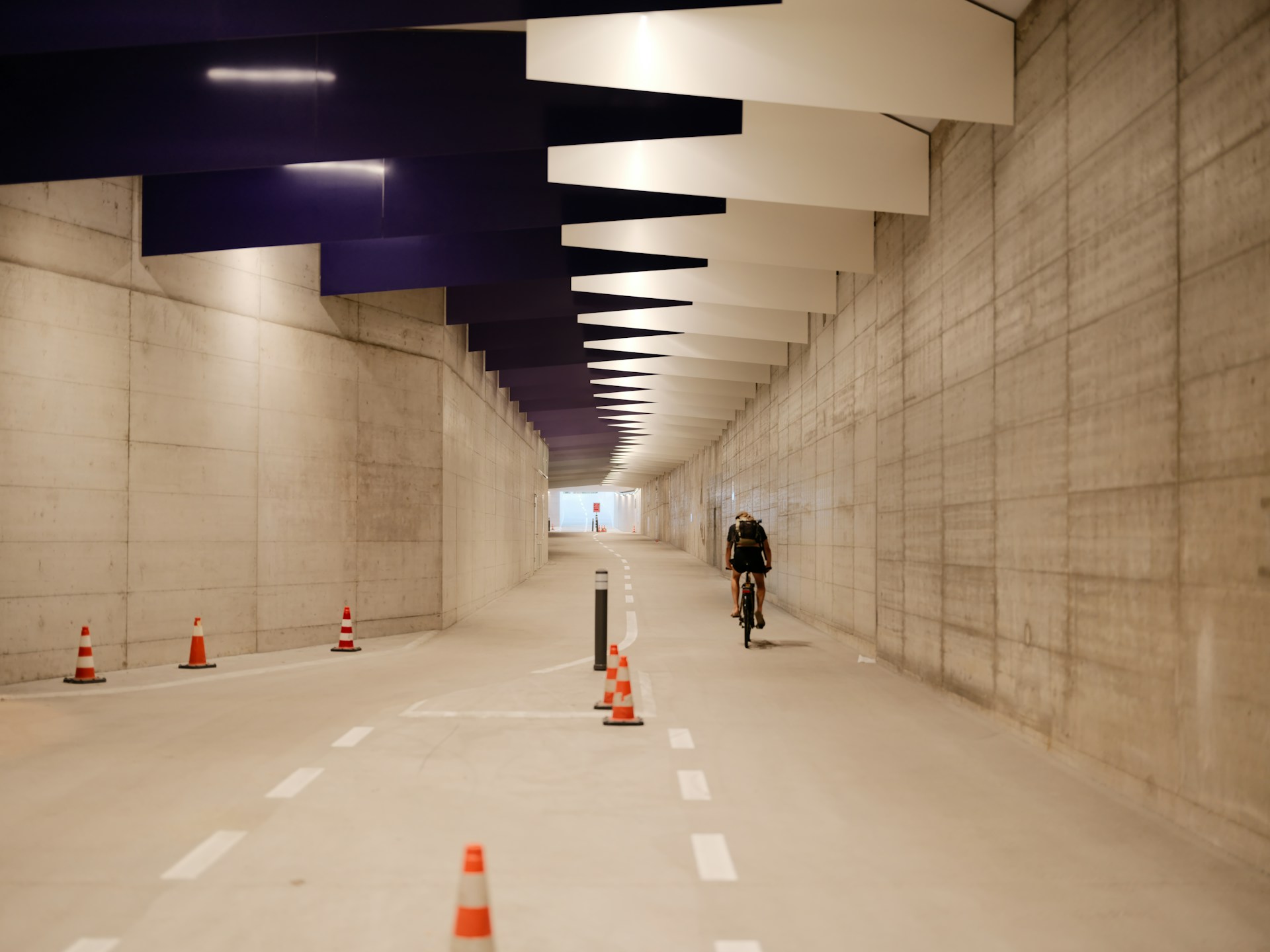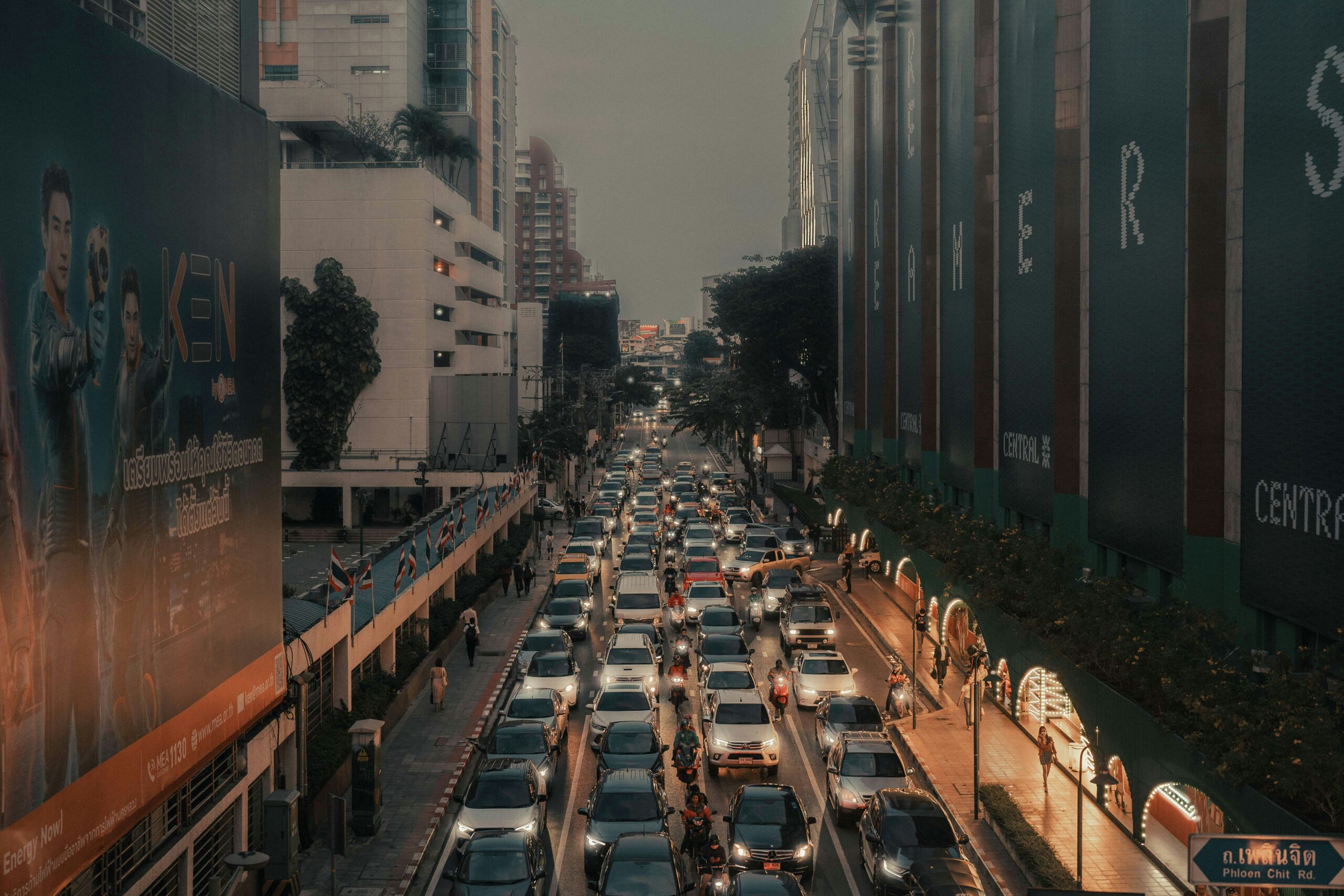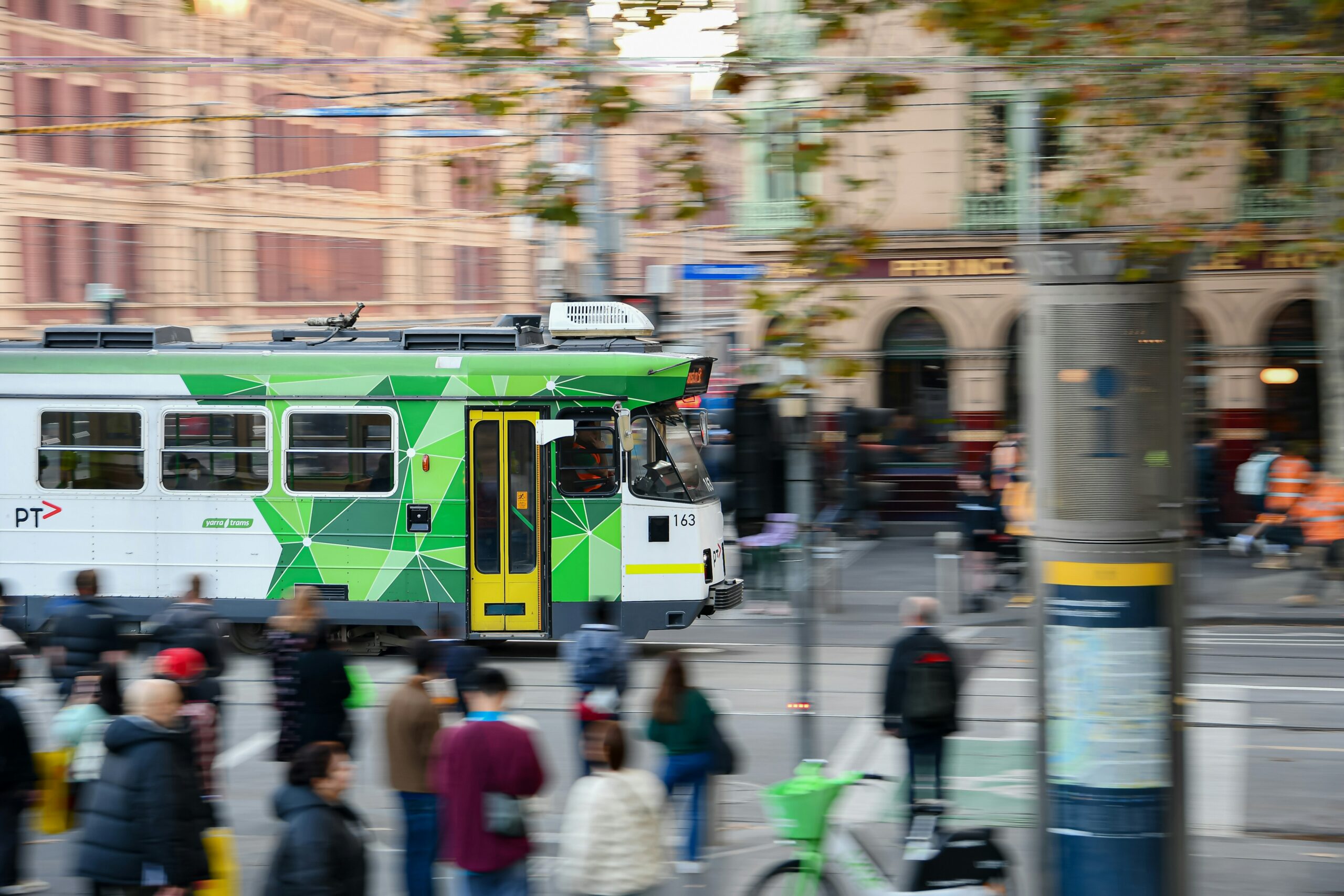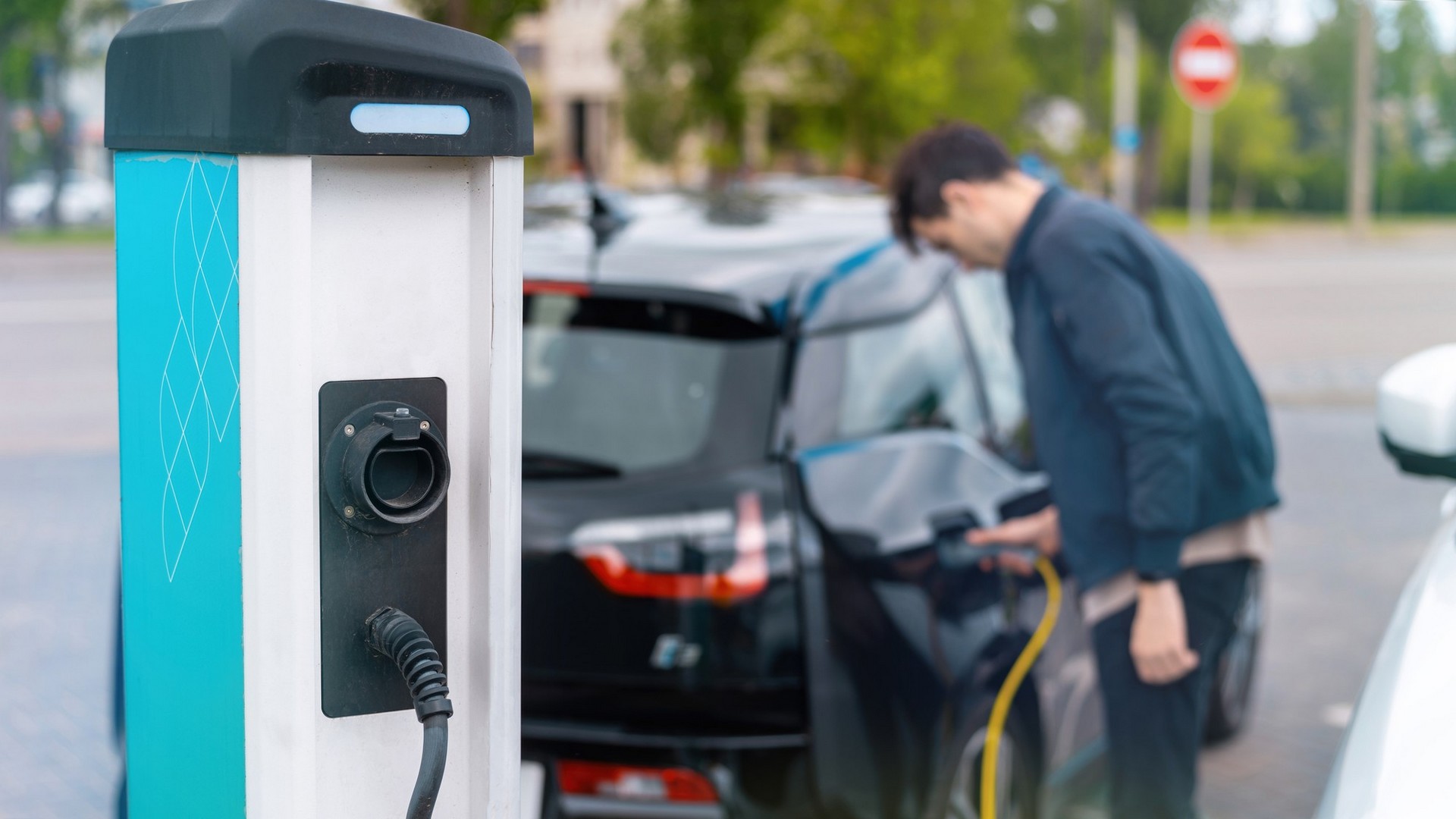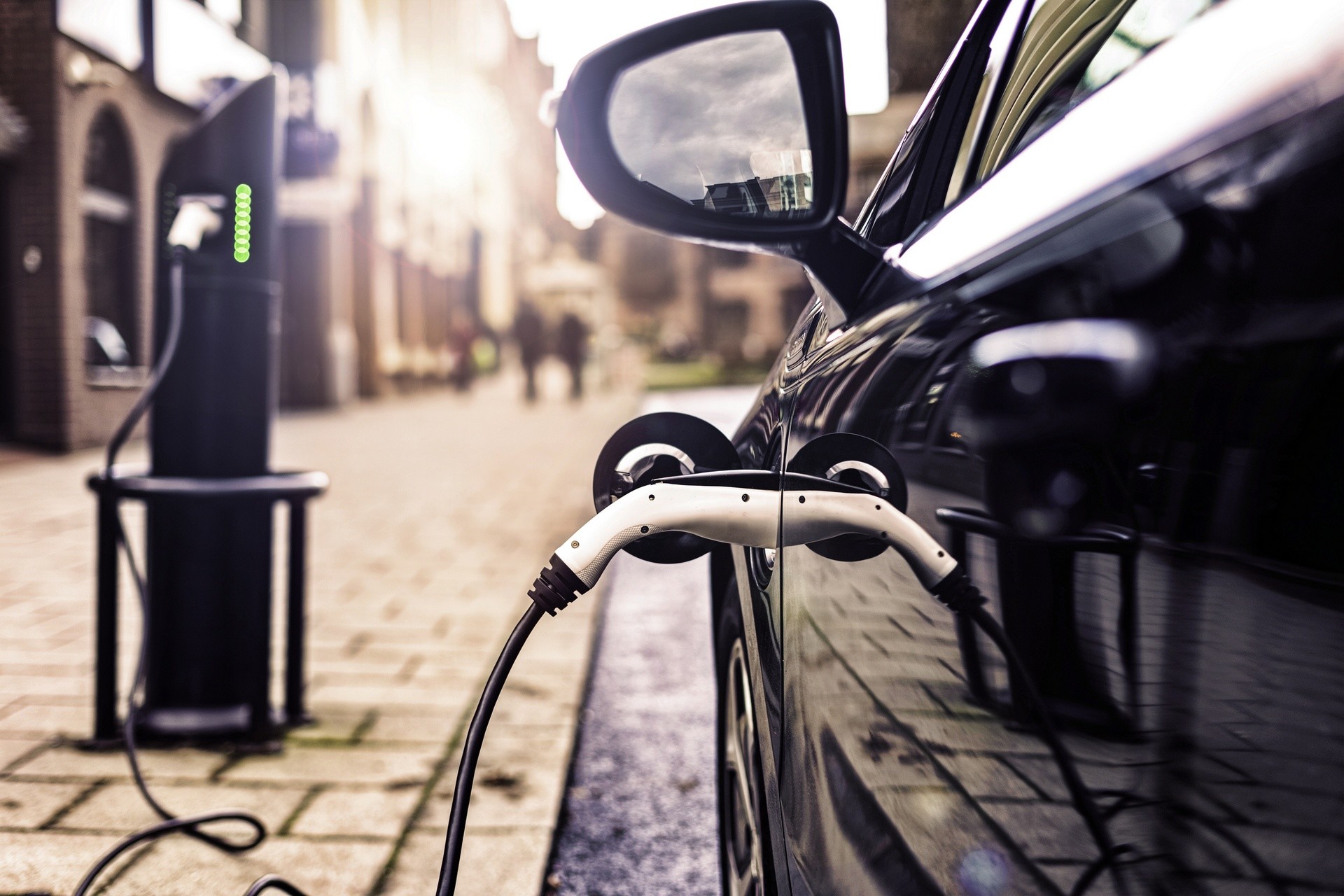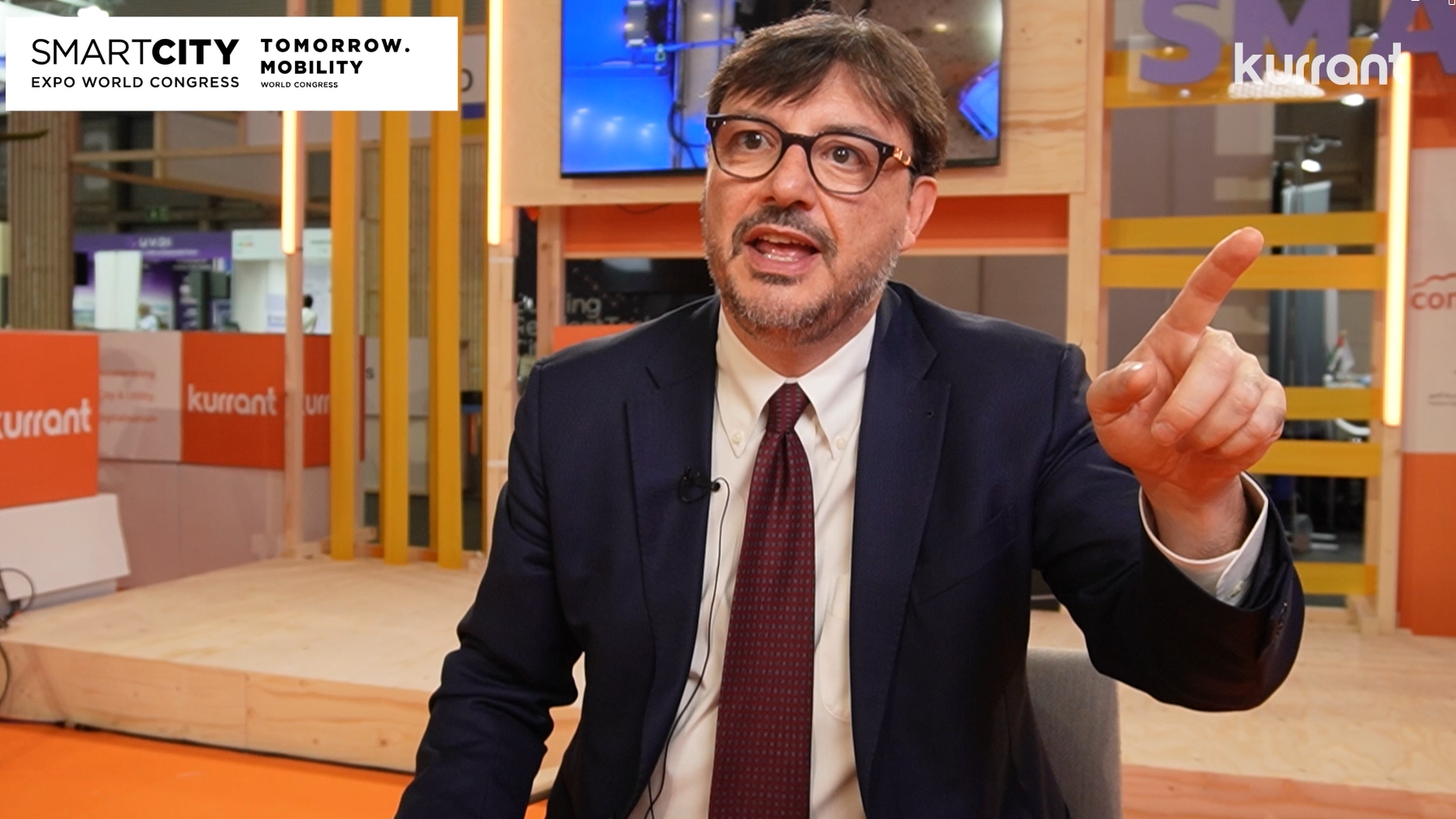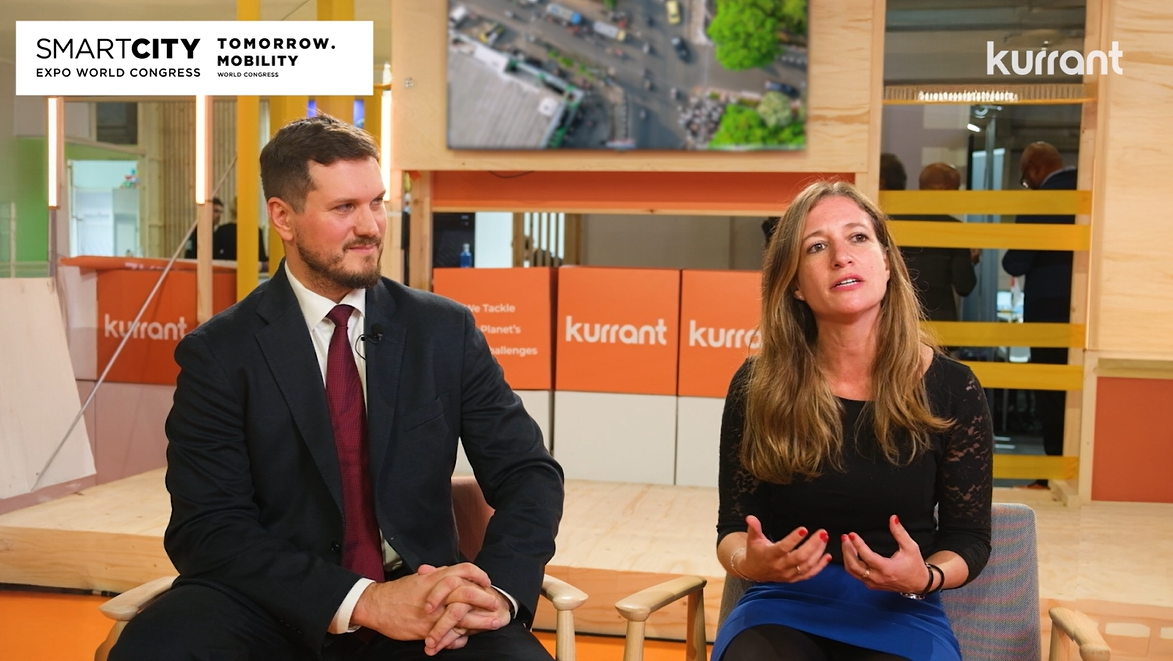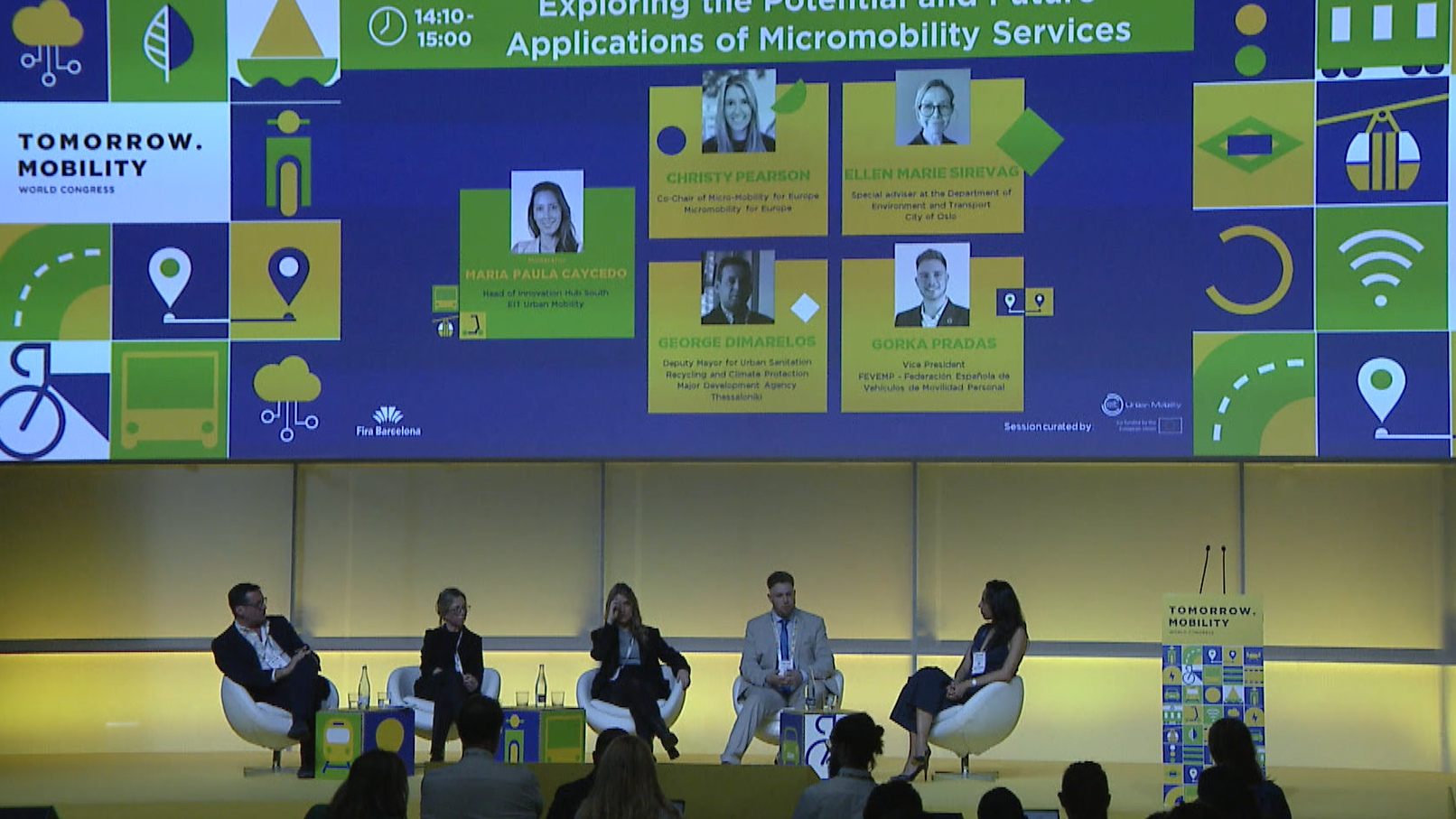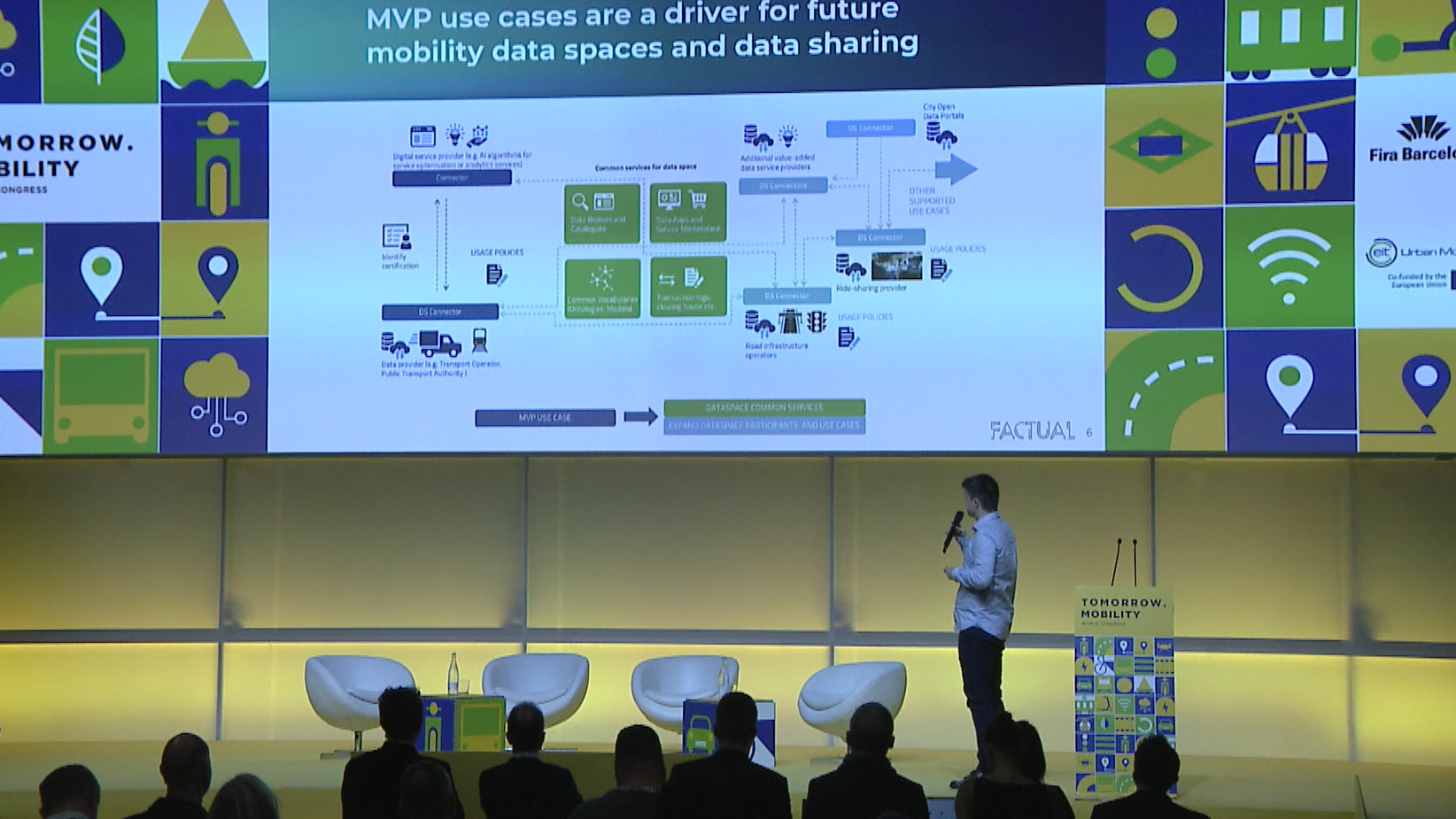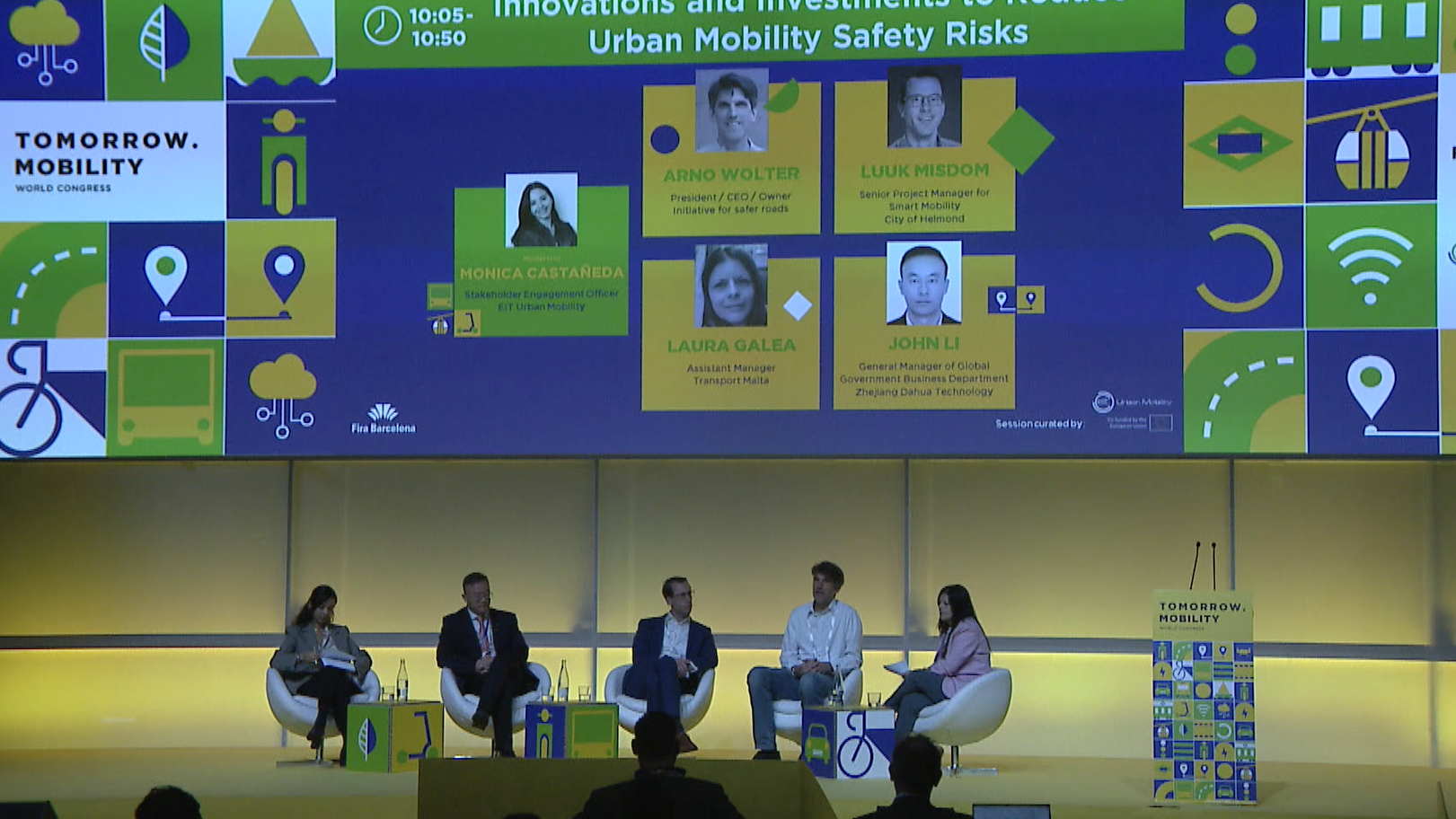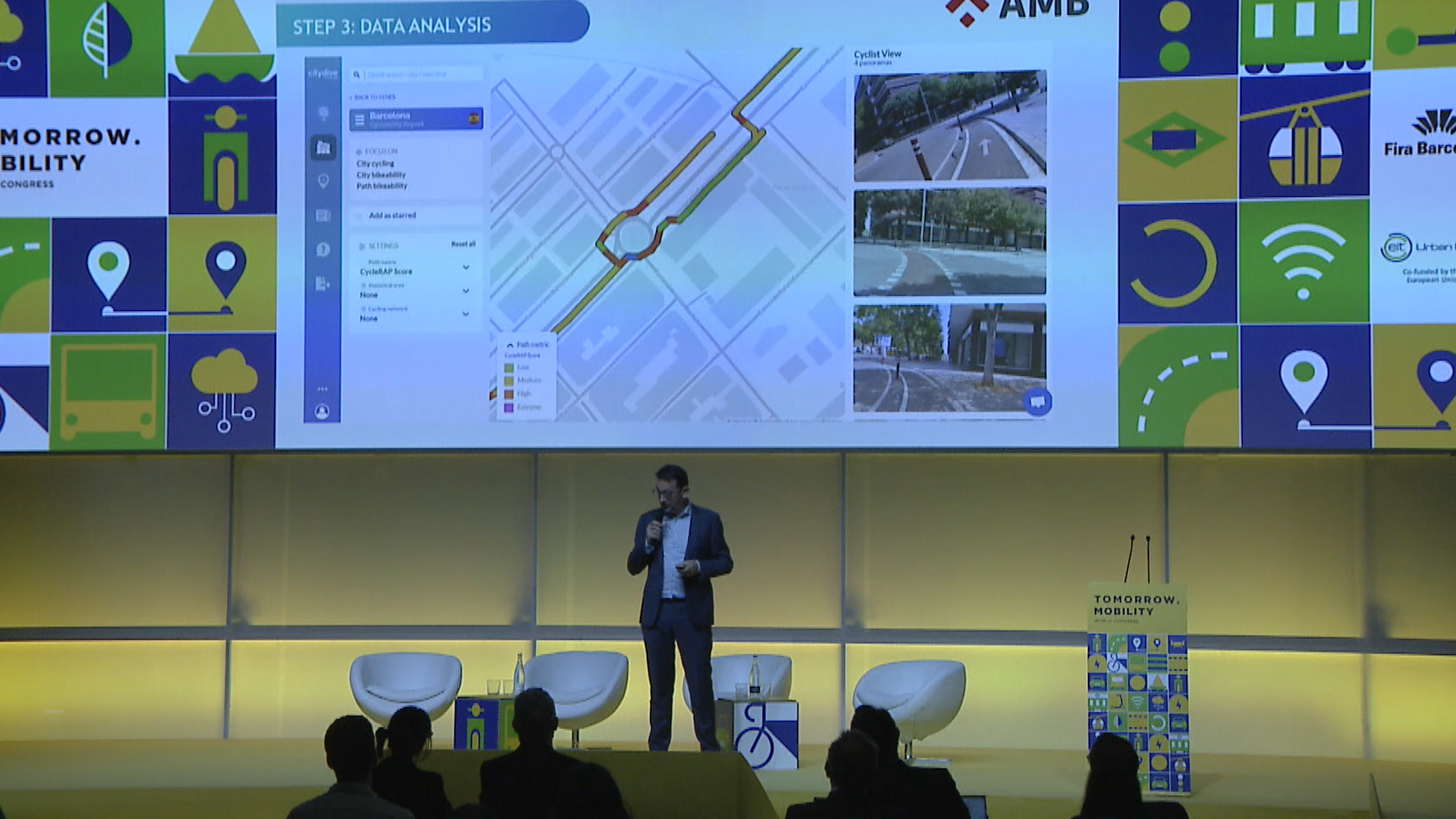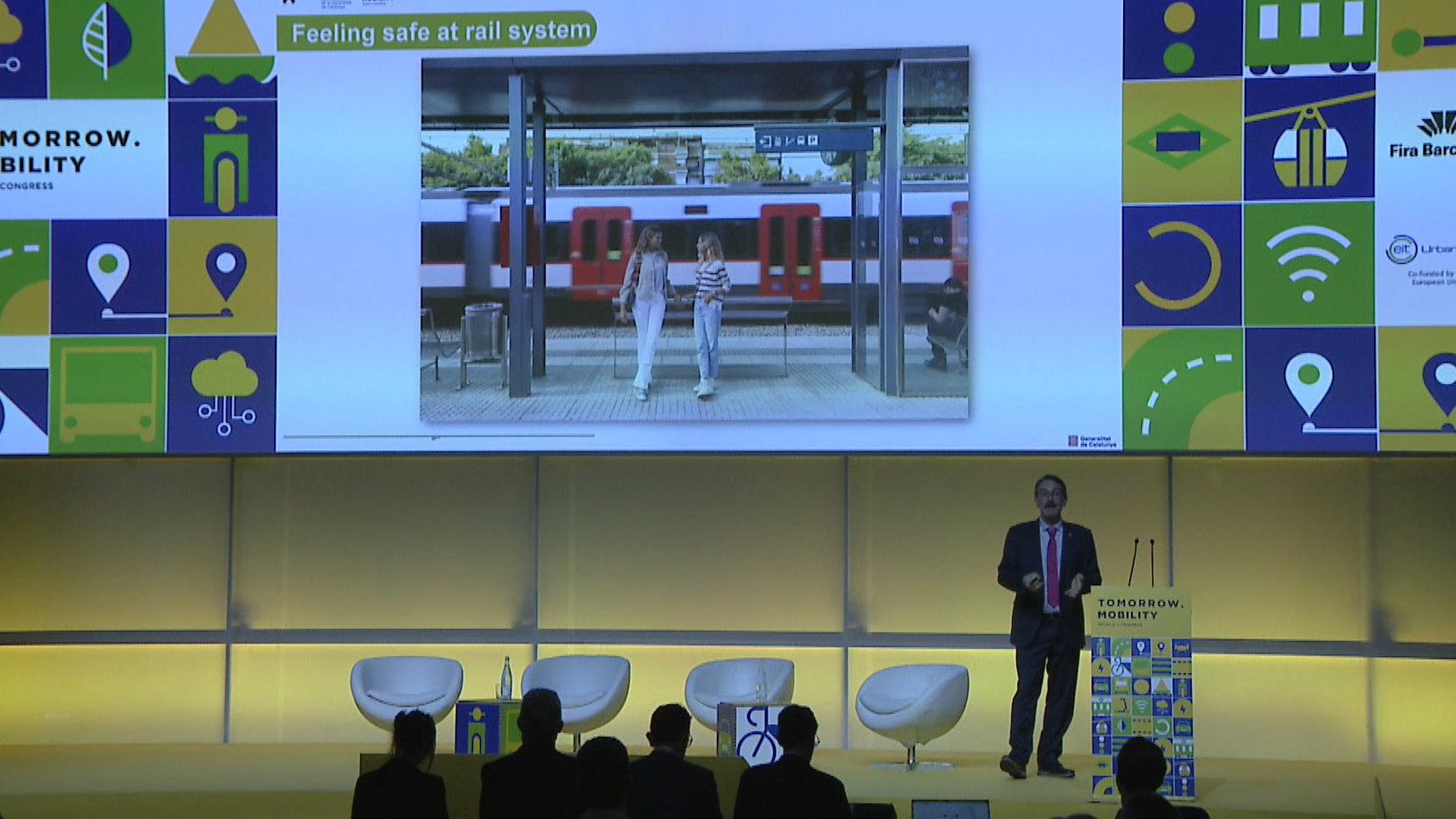Author | Elvira Esparza
London has the largest fleet of zero-emission buses in Europe, with over 1,300 electric buses forming part of its extensive fleet of 9,000 vehicles. The goal is for all buses in London to be zero-emission by 2030, requiring the replacement of an average of 1,000 conventional buses annually.
Transport for London (TfL) operates the largest fleet of zero-emission buses in Western Europe, as all new buses added to the fleet since 2021 have been zero-emission vehicles. Thanks to these buses, London has achieved lower carbon emissions per passenger-kilometer compared to other major cities like New York and Paris. In addition to acquiring electric buses, TfL, manufacturers, and operators have invested significantly in developing the infrastructure necessary to support these vehicles.
How much carbon does an electric bus save?
London’s transport authority, TfL, has been actively working to reduce pollution across the city since 2014. Thanks to the measures implemented, London’s fleet of 9,000 buses now fully complies with the emissions standards set by the Ultra Low Emission Zone (ULEZ), which encompasses all of the city’s districts. As a result, emissions from diesel engines and hybrids have decreased by 90%.
Go-Ahead London, the city’s largest bus operator with a fleet of 2,300 electric buses, has saved approximately 40,000 tons of carbon emissions over the past decade through its electric buses.
London’s mayor, Sadiq Khan, who spearheaded measures to reduce carbon emissions, estimates that by 2034, the city’s transition to zero-emission buses will have saved 4.8 million tons of carbon. However, if the zero-carbon target is achieved by 2030, the estimated savings would rise to 5.5 million tons. The target could be achieved sooner with additional support and funding from the United Kingdom’s central government.
How is London making transportation more sustainable?
London has advanced transportation sustainability by replacing its conventional bus fleet with electric, hybrid diesel-electric, and hydrogen-powered buses. London’s bus fleet consists of 9,000 vehicles, including over 1,600 electric buses and 2,600 hybrids. London has invested over £300 million in transforming its bus fleet to reduce pollution and improve air quality.
Since 2016, the number of zero-emission bus routes in London has grown from 5 to 54, with an additional 15 routes operating a mix of zero-emission and low-emission buses. Several electric bus lines operate throughout the city, connecting key locations across the capital. The most eco-friendly buses are deployed on the city’s most polluted routes, achieving an 84% reduction in pollution in these areas.
One of London’s busiest routes, Route 63, which connects Honor Oak and King’s Cross, became a standout example of sustainability in 2021 with the addition of 29 electric double-decker buses. These buses are supported by a comprehensive electric infrastructure, including dedicated maintenance and charging facilities, enabling them to operate efficiently throughout the day. The interiors of these buses have been thoughtfully designed to meet the modern needs of passengers, providing an enhanced and more comfortable travel experience. They come equipped with air conditioning, mobile device holders, and charging points for phones.
What impact have electric buses had on the city?

The growing number of electric buses in London has significantly contributed to making the city more environmentally friendly and reducing pollution levels. It is estimated that over 4,000 premature deaths occur in London each year due to pollution. However, transitioning the bus fleet to carbon neutrality and expanding low-emission zones are expected to eliminate pollution, leading to cleaner air and a healthier city.
Furthermore, zero-emission buses have provided a significant boost to the green economy. TfL’s investment in zero-emission buses has created over 3,000 green jobs across the United Kingdom.
London’s plans to achieve carbon neutrality extend beyond creating a fleet of zero-emission buses. By 2041, the goal is for 80% of all journeys in the city to be made on foot, by bike, or using public transport.
Images | Toth Stefan, Philipp Reiner









